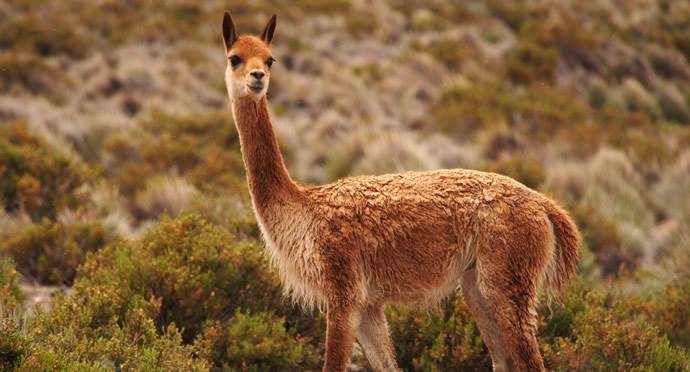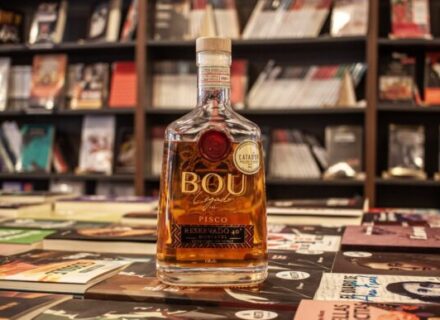For its warmth and smoothness, vicuña hair is the most expensive animal fiber on the market.
With a selling price of raw materials of about USD $500 per kilo and end product price of more than USD $2300 per unit, the hair of vicuña has become the most expensive animal fiber in the world, and the garments made with it, in luxury clothes.
«In ancient times, the vicuña dressed de Inca and royalty, and today it dresses the world’s millionaires,» says Bibiana Vilá, leader of the group for research of vicuñas, camels and environment, VICAM. The vicuña hair is mainly appreciated for its finesse, ranging between 12 and 14 microns.
This precious quality was what led the vicuña almost to extinction, with fewer than 10,000 animals across the plateau in the last century, after hundreds of years of systematic killings to export to Europe its coveted leather.
Then a 1969 agreement gave place to a strict conservation work between Peru, Bolivia, Argentina and Chile. The first article of the agreement says that the benefit of the vicuña, ie, that which is gained by selling its hair, should be for the local, mainly indigenous communities living in the highlands. Since then, the vicuña have recovered. Today, the International Union for Conservation of Nature estimates that the total population of vicuñas is 347,273 and rising.
Methods for obtaining fiber have changed, returning to the old Indian tradition called Chaku to collect hair. In this activity, more than 100 people are involved. People surround the vicuñas walking with a rope marked with colored ribbons. The animals are spurred on to a pen where they are sheared. Then they return to nature. This practice reduces stress and allows animal conservation and breeding.
The 1969 agreement and the new extraction methods to which it led do not only encourage the economic activity of rural communities in the north of Chile, but they rescue old indigenous traditions and protect the species as well.



